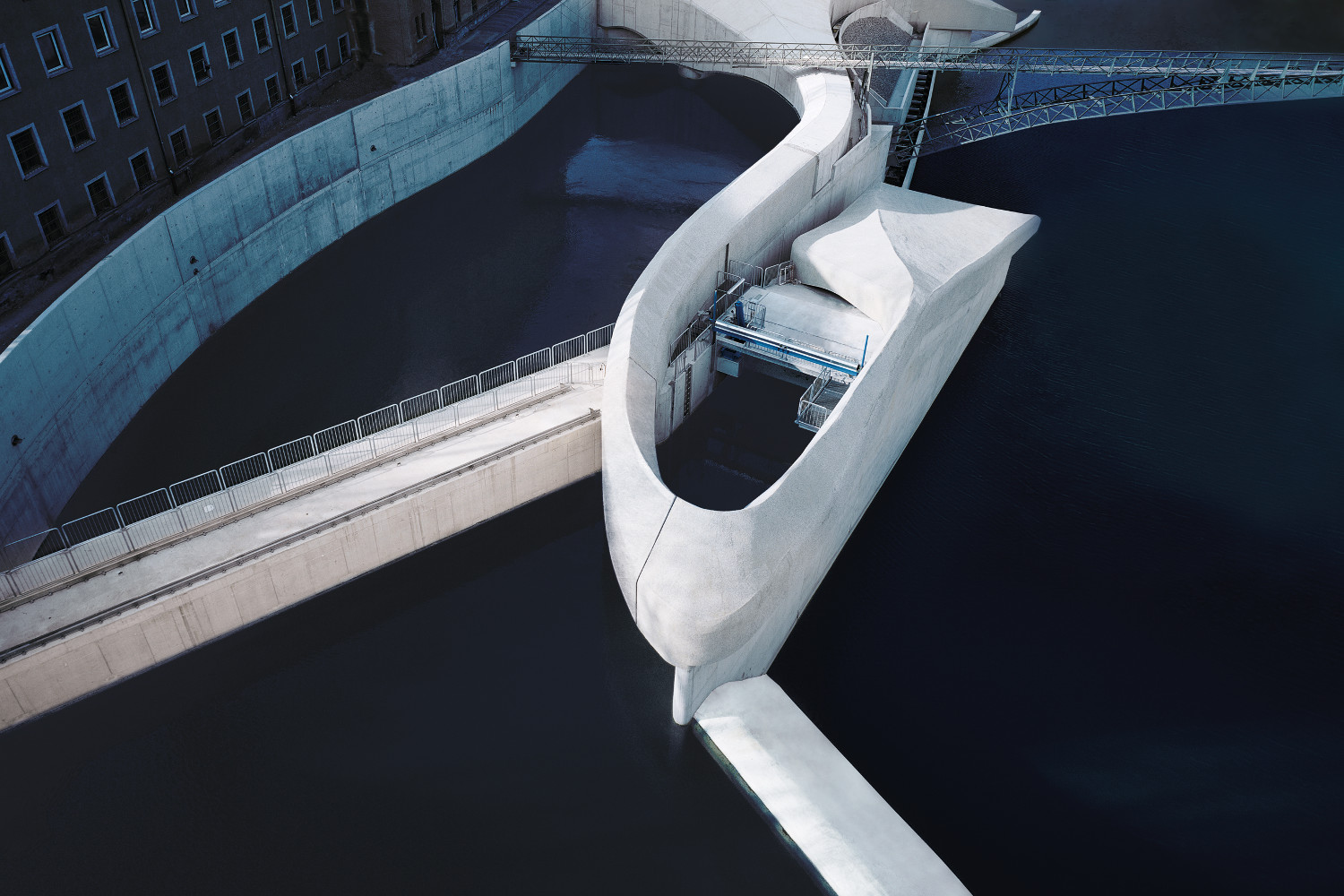Building in high mountains is a challenge. The geological conditions are complicated. The time window for the execution is extremely short and the logistics highly demanding. The permanently frozen surface makes the task particularly difficult for all those involved. This makes these three architectural crowning achievements on the glaciers in Tyrol all the more admirable.
Permanent cold air buffer against unwanted heat build-up
As ground to build on, permafrost soil is a delicate matter. Above the permanently frozen area is an "active" layer. It thaws and freezes with the change of seasons. If this top layer melts in the warmer summer months, it is not just the water which accumulates on the underlying ice. The soil structure also changes. This can lead to a building sinking. But not only fluctuating outdoor temperatures are challenging. The building heat is also a problem. The future of permafrost construction therefore depends on ventilated foundations. They ensure that the wind under the building generates a cold air buffer.
Huge grandeur but weightless lightness
The future already started in 2010 at the mountain station of Gaislachkoglbahn. 23 single foundations support the building at 3,040 meters above sea level. They are permanently ventilated by a sophisticated system and are hydraulically adjustable - computer-controlled. Not only the technology is spectacular, but the design of the construction by the architectural firm Obermoser from Innsbruck is as well: It is statically securely anchored in the mountain while seemingly projecting out of it. The elegantly curved steel skeleton encloses a transparent plastic film. This opens up breathtaking views of the glacier landscape not only simply in the exit area. The form of the construction is also particularly suitable for buildings in high Alpine permafrost regions. The room heats up less under the film than under glass surfaces. In addition, the building material is much lighter - which greatly simplifyies the logistics.
Spectacular view and unique drop
The architects were able to apply their experience with Gaislachkoglbahnof to the ICE Q three years later. The construction of the noble hut right next to the mountain station with its spectacular 360° mountain panorama was obvious, - and inspired Johann Obermoser to another great design: A glass building sculpture with the appearance of stacked blocks of ice. The building is placed on three individual foundations which are hydraulically adjustable and movable in three dimensions. There is virtually no connection to the adjacent terrain. This allows movement in the frozen bedrock to be compensated for. The construction period was only five months which was very short. All parts of the construction had to be prefabricated according to drawings and the transportation to the summit scheduled far in advance. Visitors to the luxury mountain restaurant enjoy not only an unparalleled view from every spot. They can also taste the unique Barrique wine - made from the only grape in the world ripened at 3,000 meters altitude.
Most coveted title over a deep abyss
Working in the permafrost was the least of the problems of the architects when realizing the construction of the Café 3,440 on the Pitztal Glacier. The highest coffee house in Austria stands on compact, low permeable rock at the start of a glacier to the north. It presented plenty of challenges for the experts at Baumschlager Hutter Partners. It had to accomodate 1,200 square meters of floor space for the Wildspitz mountain station railway on the 200 square meters of foundation left by the previous building. This was made possible using a steel construction mounted on a solid core using extremely long overhangs. The exposed altitude of the location with steep mountain sides, the small contact surface, a very limited amount of time and extreme weather conditions greatly limited the tolerance of the construction work. The result is all the more spectacular: A panorama terrace which free-floats hundreds of meters above the deep abyss. The benchmark of the coveted title "Top of Tirol" thus climbed up to 3,440 meters.
In spite of the adversities presented by the building sites, masterpieces of Alpine architecture were created in the permafrost: Learn more in our article on well-hidden jewels in the mountains about cable cars and mountain huts which became spectacular landmarks.









